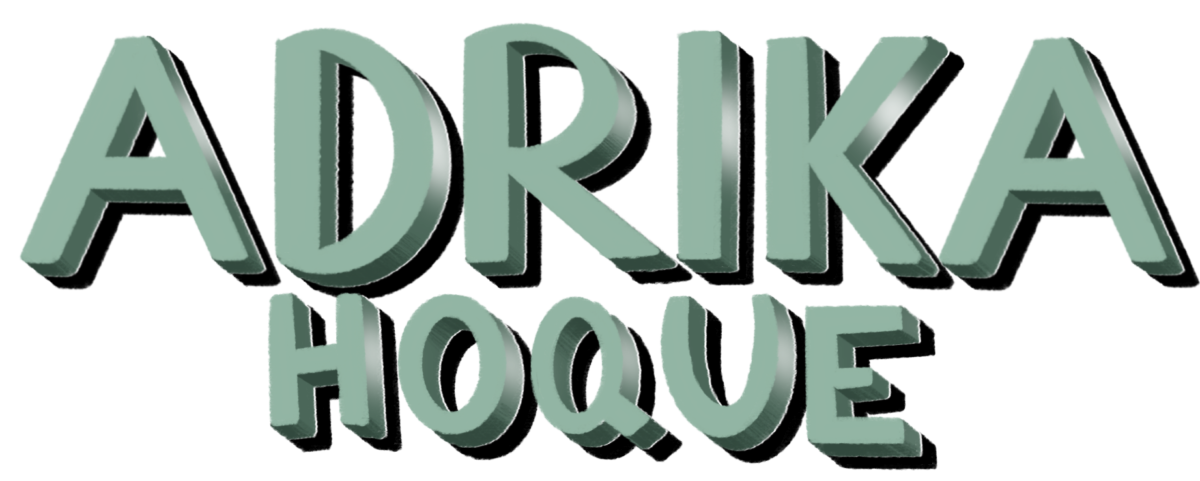
Ethics in Graphic Design 1a
A lot of the design content I produce for the company includes brand collateral such as logos, trademarks, and imagery. We have a photoshoot twice a year to photograph new content for the upcoming season and often times I am asked to source stock images. The companies logo is expected to be used in decks and presentations as well as a footer which includes the address, website, and phone number of the company. I’ve also created a lot of brand collateral myself such as a whole icon library, various illustrations, and such. It was interesting to read in the AIGA chapter detailing the use of illustration that “an artist’s copyright is owned by the artist and is protected from the moment it is created by the 1976 Copyright Act” since I thought it was the company that now owned all that material. I have been thinking lately of if I ever left the company, who would own all of the design work that I did? So it’s nice to have the answer to that question.
Stock Imagery
All stock images we source are from open source platforms such as pixels and images shot by our photographer are always credited. Stock images discussed in the AIGA chapter “Use of Photography”, is that it “avoids the many contractual issues that may arise when photography is done on assignment” and often times we have tight turnaround times where hiring our own photographer just isn’t possible.
Ethics in Graphic Design 1b
I was asked to sign a non disclosure agreement but it was more toward the general industry of hospitality and catering and not towards design and copyright. When talking about my job, I try to use more discretion and not share industry information and practices. The clients we work with also encourage discretion so they also don’t like their information to be shared.
Citations
“Use of Illustration” AIGA. (2001). PDF. New York City; Richard Grefé, AIGA.
“Use of Photography” AIGA. (2001). PDF. New York City; Richard Grefé, AIGA.
“Guide to Copyright” AIGA. (2001). PDF. New York City; Richard Grefé, AIGA.



